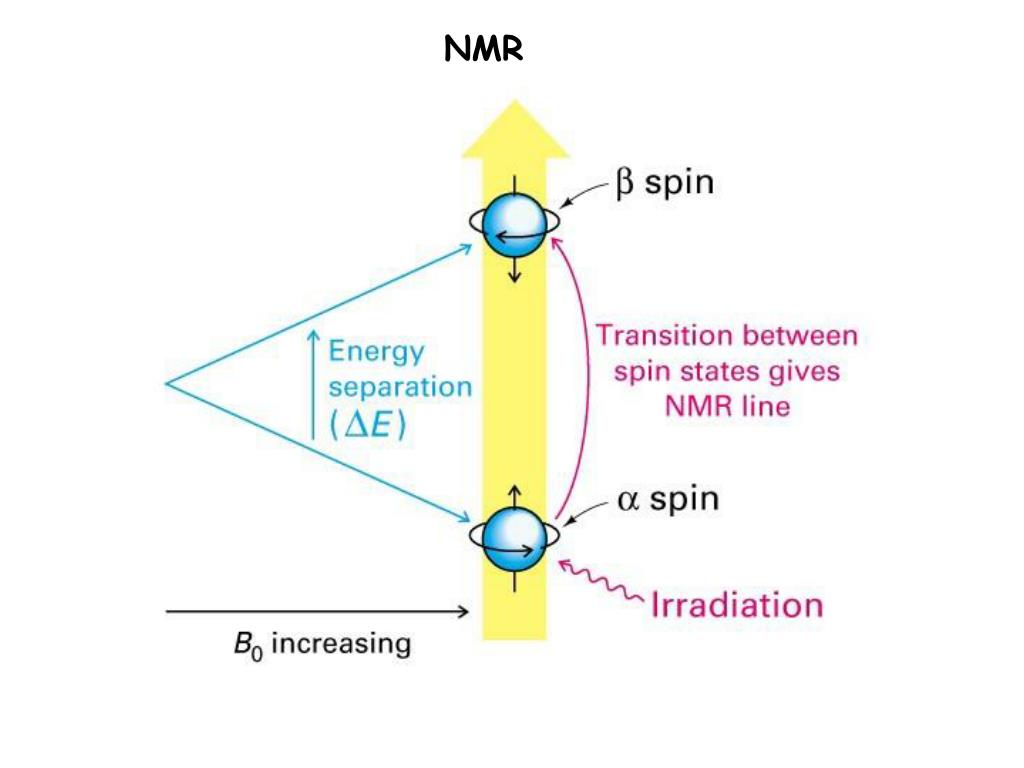

#Jmol first glance software#
To CML, software can be created to use the latest Web standards and technologies Published, Open CIFs can be located and aggregated programmatically Some cases it is impossible to deduce the exact connection table.ĬrystalEye, a fully-automated system for the reformulation of the fragmentedĬrystallographic Web into a structured XML-based repository is described. Generation of connection tables from CIFs requires many heuristics, and in The error rate in the conversion of validĬIFs to Chemical Markup Language (CML) is less than 0.2%. (CIFs) that are valid with respect to the specification is shown to be improving,Īnd is around 99% in 2007. The proportion of published, Open Crystallographic Information Files

String, is concluded to be the best current method of identifying structures. Of InChI and InChIKey, a shorter, fixed-length hash of the InChI Though is shown to be too long for present search engines. International Chemical Idenfitifer (InChI) gives almost 100% recall and precision, Using commercial Web search engines are investigated. Validate it, and use it to validate theory are examined.Ĭhemical identifiers which assist the automatic location of chemical structures Methods to automatically extract Open Data from the chemical literature, The second is a prototype gene annotation system that draws its content from the gene-centric articles on Wikipedia and exposes the new semantic relationships to enable previously impossible, user-defined queries.Database URL: The first is a dynamically generated information box that can be rendered on all semantically enhanced Wikipedia articles. In addition, we demonstrate two novel applications enabled by the presence of these new relationships. Here, we introduce a straightforward method that allows Wikipedia editors to embed computable semantic relations directly in the context of current Wikipedia articles. For example, in addition to noting a relationship between a gene and a disease, it would be useful to differentiate the cases where genetic mutation or altered expression causes the disease. Specifically, while editors can easily link between two articles in Wikipedia to indicate a relationship, there is no way to indicate the nature of that relationship in a way that is computationally accessible to the system or to external developers. Wikipedia is increasingly used as a platform for collaborative data curation, but its current technical implementation has significant limitations that hinder its use in biocuration applications.

We present a tool implemented to support this approach, and we show an evaluation of both the approach and the tool. In this paper, we propose an approach for defining and evolving Web Augmentation requirements using rich visual prototypes and textual descriptions that can be automatically mapped onto running software artifacts. Web Augmentation requirements are a very particular kind of Web requirements for which there partially exist a solution implemented by the Web site owner, but still users need to change or augment that implementation with very specific purposes that they desire to be available in such site. When end users cannot get their needs covered with existing artifacts, they claim for new ones by specifying their requirements (called Web Augmentation requirements) using textual descriptions, which are usually hard to interpret by scripters. Scripters and end users generally do not know each other, and they have rarely a contact, beyond the fact that they use the same script repositories. Users without programming skills, that just consume the artifacts that may satisfy totally or partially their needs.

In the context of Web Augmentation, two user roles have emerged: scripters who are those users able to create a new augmentation artifact, and end One of the most popular techniques for third-party applications adaptation is Web Augmentation, which is based on the alteration of its original user interface, generally by using scripts running at the client side (e.g., the browser). However, since most Web Application cannot consider all users’ requirements, many developers started to create their own mechanisms for adapting existing applications. Several well-known Web Applications provide personalized features, e.g., they recommend specific content to users by contemplating individual characteristics or requirements. Web Applications are accessed by millions of users with different needs, goals, concerns, or preferences.


 0 kommentar(er)
0 kommentar(er)
